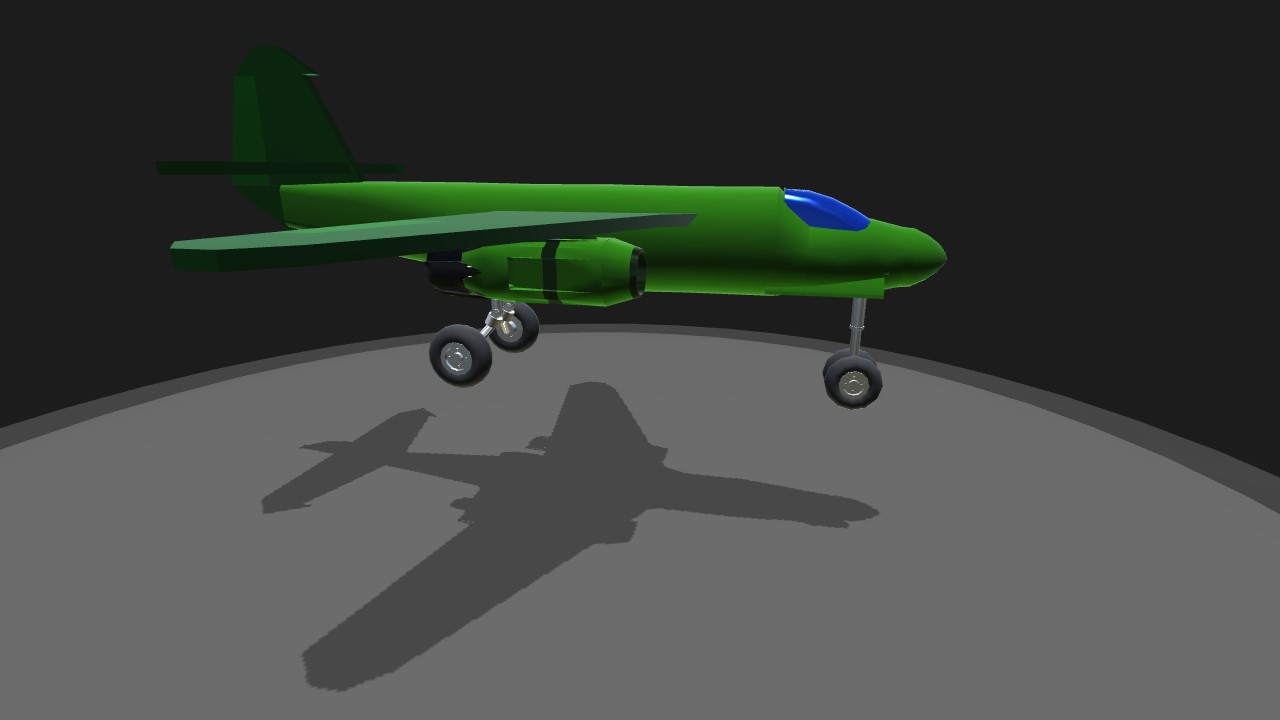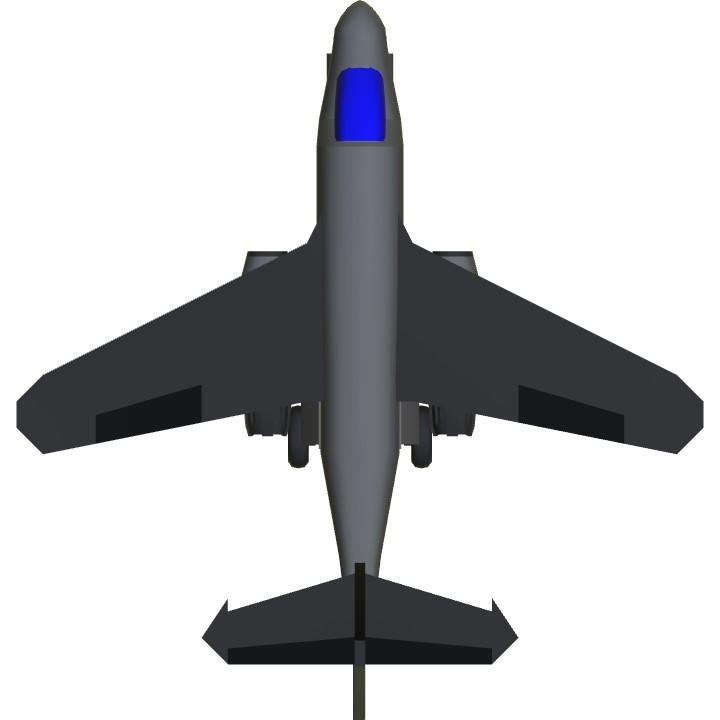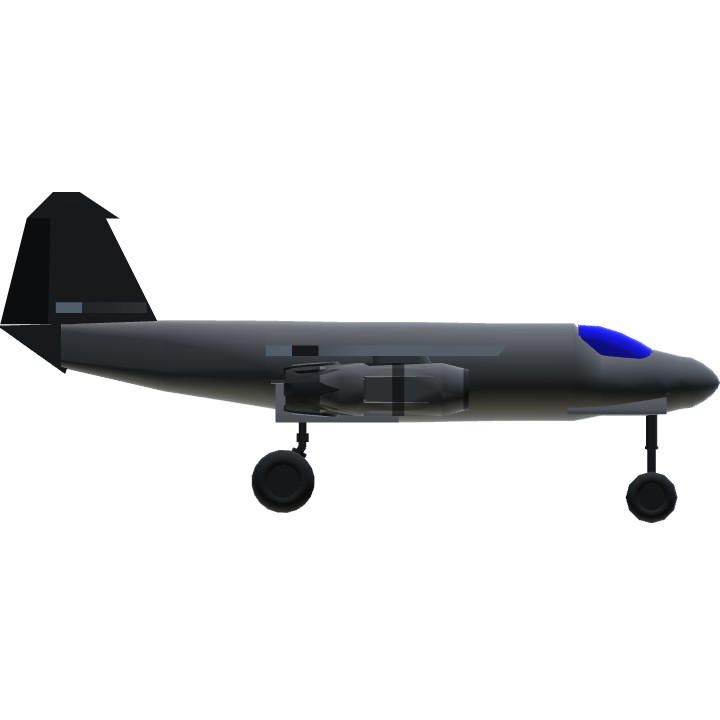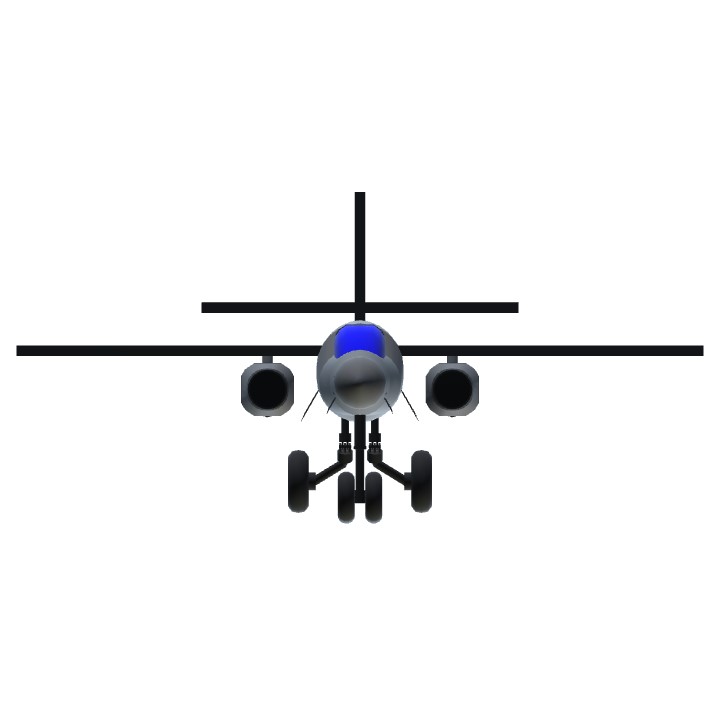The single-seat, jet-powered Arado Ar TEW 16/43-23 design was penciled sometime in 1943. Categorized as a fighter, the type might have been an impressive addition to the ranks of the Luftwaffe where jet-powered aircraft were beginning to take a larger priority over their piston-powered brethren. Regardless, the potential of the Ar TEW 16/43-23 was never realized for the Arado firm pressed forward with their other revolutionary single-seat, jet-powered bomber design - the Ar 234 "Blitz" (or "Lightning").The aircraft featured a pair of underwing Heinkel He S 011 series turbojets in streamlined nacelles. The main wing assemblies were fitted about the midway point of the fuselage and were also high-mounted to allow for clearance of the engines. Each wing system sported a good deal of leading edge sweep as well as soft sweep along the trailing edge, both eventually tapering off at rounded wingtips. The empennage was made up of a single vertical tail fin to which a pair of horizontal planes were affixed. The tail surfaces also made use of sweep and capped with rounded ends. The pressurized cockpit was held well-forward in the design to which the pilot would have sat under a large two-piece canopy and behind a short nose-cone assembly. The raised fuselage spine would almost certainly have curtailed any visibility to the critical rear areas. The tricycle undercarriage was completely retractable and made up of two single-wheeled main landing gear legs recessing into the wings just inboard of each engine and a single-wheeled nose landing gear leg recessing forward into the nose cone. The nose wheel would have rotated 90 degrees to lay flat. The long streamlined fuselage was designed to house the three large internal fuel tanks necessary to feed the early generation of thirsty turbojet engines.
Specifications
General Characteristics
- Successors 2 airplane(s)
- Created On iOS
- Wingspan 21.1ft (6.4m)
- Length 22.4ft (6.8m)
- Height 10.2ft (3.1m)
- Empty Weight 3,942lbs (1,788kg)
- Loaded Weight 6,156lbs (2,792kg)
Performance
- Power/Weight Ratio 1.095
- Wing Loading 56.7lbs/ft2 (277.1kg/m2)
- Wing Area 108.5ft2 (10.1m2)
- Drag Points 1606
Parts
- Number of Parts 33
- Control Surfaces 5
- Performance Cost 200




